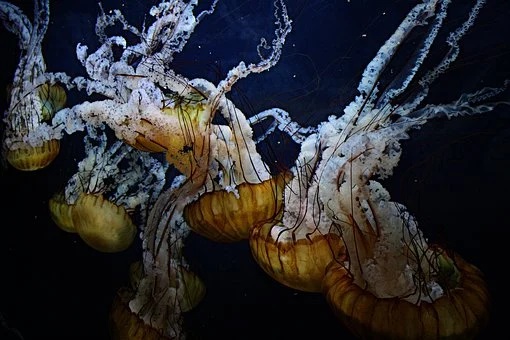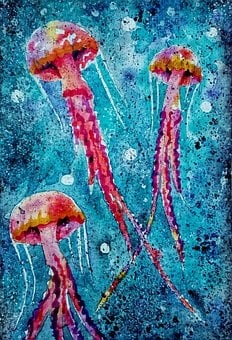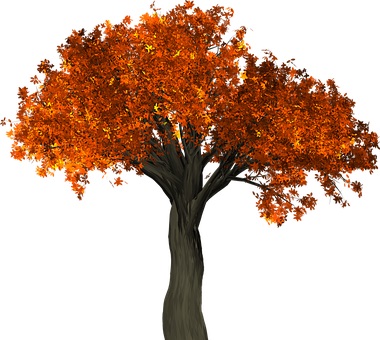Actually, with respect to the ground, path and fruition, or the view, practice and conduct, sutrayana and tantrayana differ in all three aspects except the ultimate fruition of buddhahood. Although some great masters in both India and Tibet hold the view that buddhahood achieved through the sutra path is just part of the state of the bodhisattvas at the tenth bhumi, not the true state of buddhahood, it is merely an expedient explanation. In fact, the fruition of sutra and tantra in Buddhism is exactly the same; only the way of attaining it is different.
~Depicted from GATEWAY TO VAJRAYANA PATH - Sutra and Tantra: Similarities and Differences--based on the view of Rongzom Pandita











